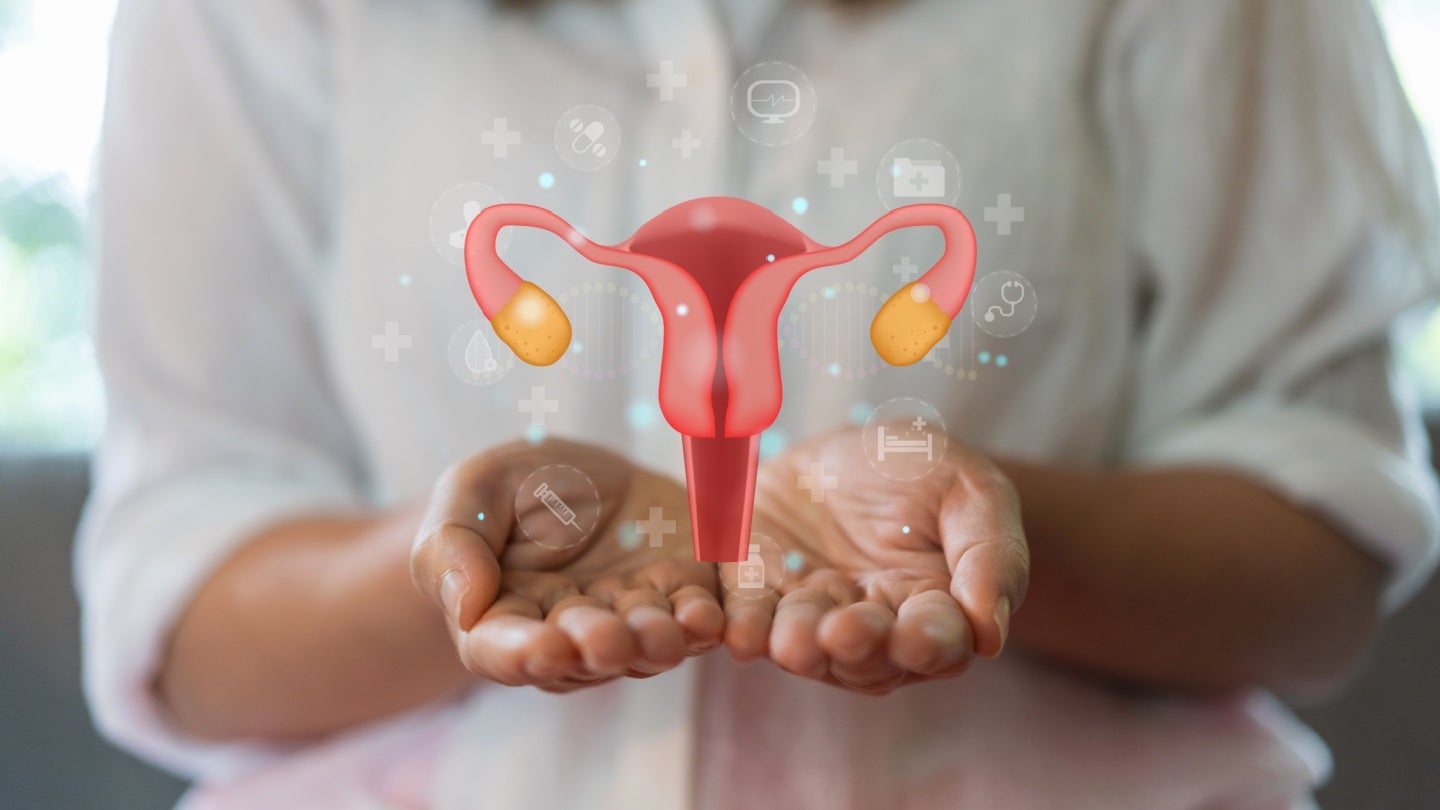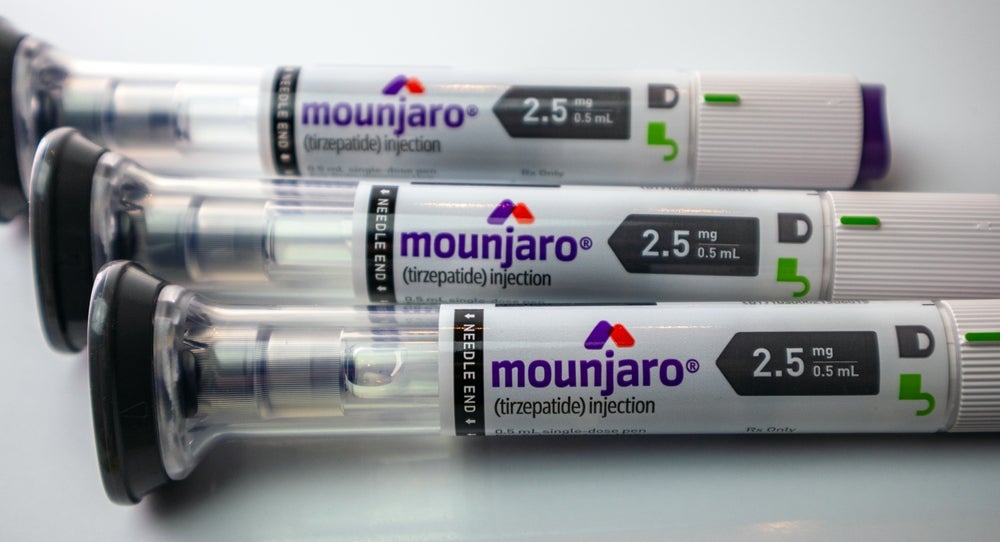Pilot Study Reveals Chewing Gum Releases Microplastics into Saliva
Plastic pollution has become an omnipresent concern within modern society, permeating our daily lives through numerous products we interact with. From cutting boards to clothing and cleaning sponges, these items often release minuscule plastic particles termed microplastics. In a groundbreaking pilot study, researchers have revealed that even common chewing gum can contribute to this growing […]


Plastic pollution has become an omnipresent concern within modern society, permeating our daily lives through numerous products we interact with. From cutting boards to clothing and cleaning sponges, these items often release minuscule plastic particles termed microplastics. In a groundbreaking pilot study, researchers have revealed that even common chewing gum can contribute to this growing issue by releasing hundreds to thousands of microplastics per piece, subsequently ingested through saliva. This shocking revelation adds yet another source to the long list of everyday items contributing to microplastic exposure.
The investigative team, led by principal investigator Sanjay Mohanty at the University of California, Los Angeles (UCLA), plans to present their findings at the American Chemical Society (ACS) Spring 2025 meeting. This event, which spans from March 23 to 27, is expected to showcase approximately 12,000 presentations across various scientific disciplines. Mohanty, in an effort to set a balanced perspective, emphasizes that the study’s intention is not to instill fear regarding microplastics, but rather to highlight the prevalence of plastic exposure in our lives, a reality that merits exploration.
Despite the absence of definitive human trials, existing animal studies and research involving human cells hint at potential harm from microplastics. While scientists await conclusive evidence, individuals are urged to take proactive measures to mitigate their exposure. Research indicates that humans are consuming tens of thousands of microplastics annually, which can be found in food, beverages, and plastic packaging. However, the specific contribution of chewing gum to this tally had not previously garnered significant attention, despite being a globally popular product.
The composition of chewing gum typically consists of a rubbery base, alongside sweeteners and flavorings. Natural gum largely utilizes plant-based polymers, such as chicle or tree sap, while many popular brands today incorporate synthetic rubber bases derived from petroleum-based polymers. The researchers initially hypothesized that synthetic gums would release a greater number of microplastics due to their plastic-like properties, but the results yielded surprising similarities across both types.
To assess the microplastic release from chewing gum, the researchers evaluated ten different brands—five classified as synthetic and five as natural. To maintain consistency, all samples were chewed by a single individual, minimizing the variability involved in chewing techniques and saliva production. Each gum was chewed for a fixed duration of four minutes, with saliva samples collected at regular intervals. A conclusive total of saliva was analyzed for the presence of microplastics, employing advanced techniques such as Fourier-transform infrared spectroscopy alongside microscopic examination.
As the experiments unfolded, it was found that each gram of gum could release, on average, around 100 microplastics. However, for some individual pieces, the release soared to 600 microplastics per gram. Given that typical chewing gum pieces weigh between two to six grams, the maximum potential release could approximate 3,000 microplastic particles from a single piece. With an average person consuming approximately 160 to 180 small sticks of gum per annum, the implications suggest a staggering ingestion of around 30,000 microplastics stemming solely from this habit.
Both synthetic and natural gums exhibited comparable microplastic release rates during the study, with no significant statistical difference in the quantities (p > 0.8). Furthermore, the polymers identified within both gum types mirrored one another, predominantly including polyolefins, polyethylene terephthalates, polyacrylamides, and polystyrenes. Among these, polyolefins were the most prevalent, raising further concerns about the omnipresence of these materials in consumer products.
The findings expose an alarming trend that much of the microplastics detach from the gum within the first two minutes of chewing, attributed not to enzymatic breakdown via saliva but to the abrasive action of chewing itself. Subsequent observations revealed that after just eight minutes, approximately 94% of the plastic particles initially released had surfaced, suggesting that to limit microplastic intake, one might consider chewing a single piece of gum for an extended period instead of frequently switching to new pieces.
Nevertheless, it is crucial to note the limitations of the study, as the researchers only analyzed microplastics sized 20 micrometers and larger, with smaller particles likely overlooked. This acknowledgment calls for additional research to explore the potential shedding of nanosized plastics during the chewing process, thereby paving the way for a deeper understanding of plastic ingestion.
Sanjay Mohanty emphasizes the misaligned perspective on disposing of previously-chewed gum, urging the public toward environmentally-conscious behavior. The remnants of used gum pose a hazardous environmental threat when improperly discarded, serving as yet another vector for plastic pollution to infiltrate ecosystems. With an ever-increasing awareness of plastic pollution, it becomes pertinent for consumers to practice mindfulness when disposing of chewing gum, rather than carelessly tossing it aside.
Ultimately, this research, funded by both UCLA and the University of Hawaii’s Maximizing Access to Research Careers program, funded by the National Institutes of Health and the California Protection Council, unveils the less-than-glamorous side of a product widely accepted for its fun and convenient attributes. As debates surrounding health implications continue, the study raises timely questions about the safety of microplastic ingestion and its potential impact on human health. The scientific community remains eager for decisive answers that can shed light on the consequences of this prolific plastic footprint on both public health and the natural world.
Subject of Research: Microplastics release from chewing gum
Article Title: Chewing gums: Unintended sources of ingested microplastics in humans
News Publication Date: March 25, 2025
Web References: American Chemical Society News
References: None
Image Credits: None
Keywords: Microplastics, chewing gum, public health, plastic pollution, polymers, synthetic gum, natural gum, environmental impact.
Tags: American Chemical Society Spring 2025 meetinganimal studies on microplastics effectschewing gum as a source of microplasticsenvironmental impact of microplasticseveryday products contributing to microplasticshealth implications of microplasticsmicroplastics exposure in daily lifemicroplastics in chewing gumplastic particles in salivaplastic pollution and health risksSanjay Mohanty microplastics studyUCLA research on microplastics
What's Your Reaction?


































